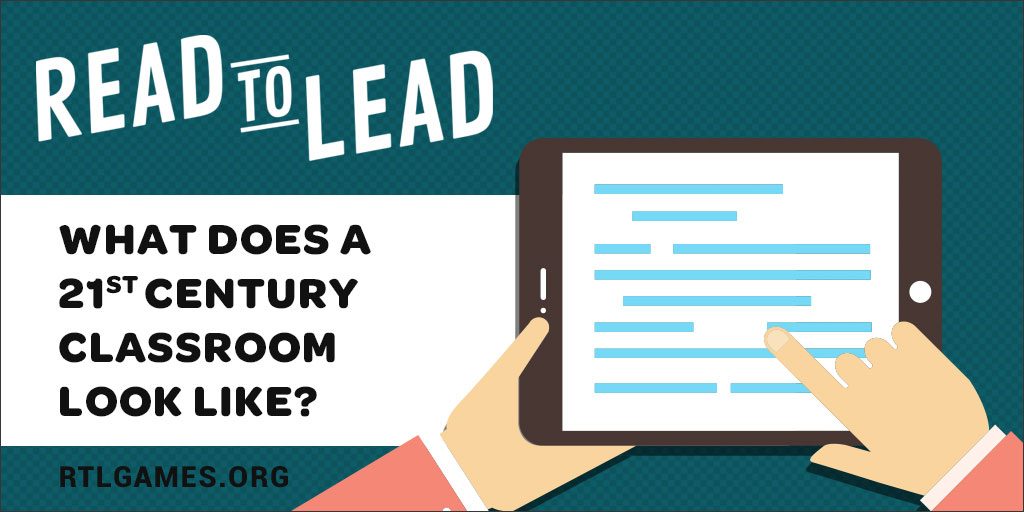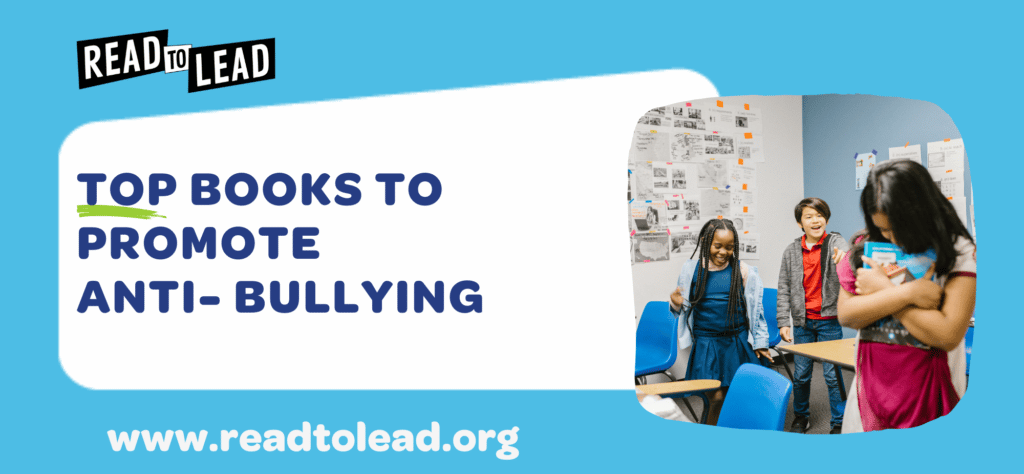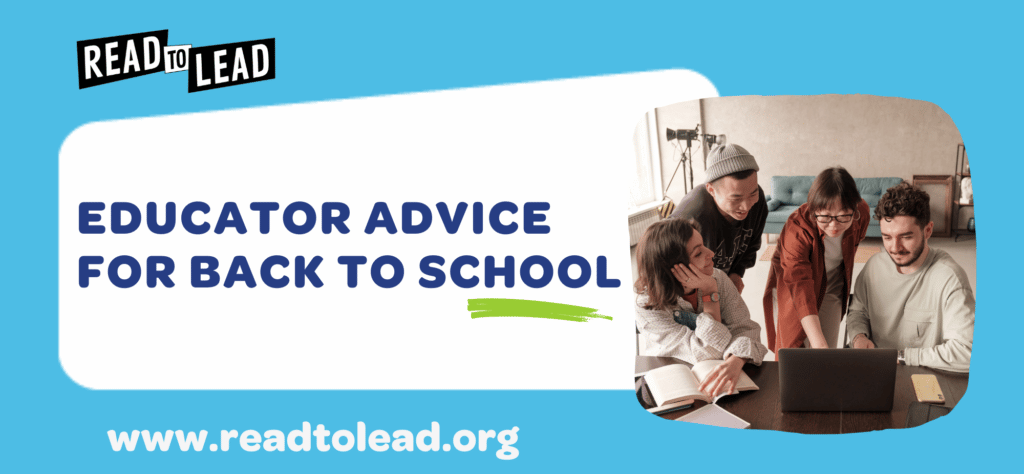
As spoken word artist Prince EA pointed out, in the last 150 years, our modes of transport have evolved, as have our means of communication. Yet, one thing that remains almost completely unchanged is our classrooms. Our world is fast evolving, and we must ask ourselves, how should our classrooms change to keep up with the ever-changing demands of modern society?
The 21st century is not the future; it is now. We must adapt our classrooms to the times we live in, to prepare our students for the world they will encounter when they graduate and enter the workforce. But what exactly does a 21st-century classroom look like?
Focus on Process, Not Content
 In an age where even elementary school students know how to use Google to find the answer to a question they have, it is crucial for educators to shift away from teaching just content. Content is king, but the process is just as important. Rather than feeding students the information they should know, provide opportunities for them to analyze and evaluate information, and develop their own opinions on important issues. It is essential for students to demonstrate thinking, not just knowledge.
In an age where even elementary school students know how to use Google to find the answer to a question they have, it is crucial for educators to shift away from teaching just content. Content is king, but the process is just as important. Rather than feeding students the information they should know, provide opportunities for them to analyze and evaluate information, and develop their own opinions on important issues. It is essential for students to demonstrate thinking, not just knowledge.
Modern-day employers are increasingly demanding 21st-century skills in their workforce – creativity, critical thinking, communication, and collaboration. All of these skills can best be developed by paying more attention to learning processes within the classroom. Project-based learning, for example, provides students with the opportunity to exercise all four of these skills. Teachers can also create areas for students to work collaboratively on knowledge creation within the classroom or implement the jigsaw teaching technique to cultivate critical thinking and communication skills.
Integrate Technology and Multimedia
 There’s no denying it – technology is a crucial part of our lives, and it is here to stay. Teaching students in a classroom void of technology and multimedia tools does no more than ensuring that they remain woefully unprepared for life after school.
There’s no denying it – technology is a crucial part of our lives, and it is here to stay. Teaching students in a classroom void of technology and multimedia tools does no more than ensuring that they remain woefully unprepared for life after school.
Whether it’s allowing students to do independent research on their tablets, or getting them to create a website or multimedia presentation, bring technology into the classroom in a way that will enhance student learning and engagement. There are ever more tools and resources available to educators to aid in achieving curriculum objectives while harnessing the power of technology to further learning objectives.
Create Relevance
What is a school for if not to prepare students to be effective, efficient and productive members of the community and workforce, on a personal and professional level? To that end, it is not only critical for students to acquire career and life skills in school, they must also be able to appreciate how what they are learning applies to their future.
In the Read to Lead®️ program, for example, students assume the position of a leader within their community to tackle unique challenges of the 21st century while building important literacy skills. Educators Ashley Edmonds and Erika Whitehead have both introduced Read to Lead®️ to their students with great success in helping them bridge the gaps between curriculum and career.
Retain Flexibility
Nothing is static anymore, so why should our classrooms be? Don’t be afraid to change up seating arrangements to match your learners’ needs and adapt your classroom to suit your tasks or objectives at hand. We are no longer constrained to having our students sit in rows and listen to us lecture at the front of the classroom. Create spaces for collaboration, creative expression, and even quiet time, and allow students to take ownership of their own learning, however, that may be expressed.
Ultimately, the true reflection of a 21st-century classroom is not bells and whistles and fancy equipment – it is a classroom that is a dynamic space which caters to the needs of every student and equips them with the tools and skills necessary for the 21st-century workplace.
What does your 21st-century classroom look like? Join the conversation on Facebook, in our NEW Facebook Group, Twitter, and Instagram!
About Read to Lead
Read to Lead uses the power of game-based learning to empower middle school students to build literacy, life, and career skills. Teachers can sign up for a free account to get started!


